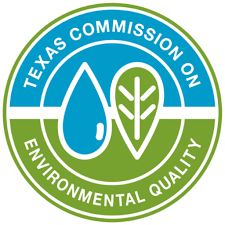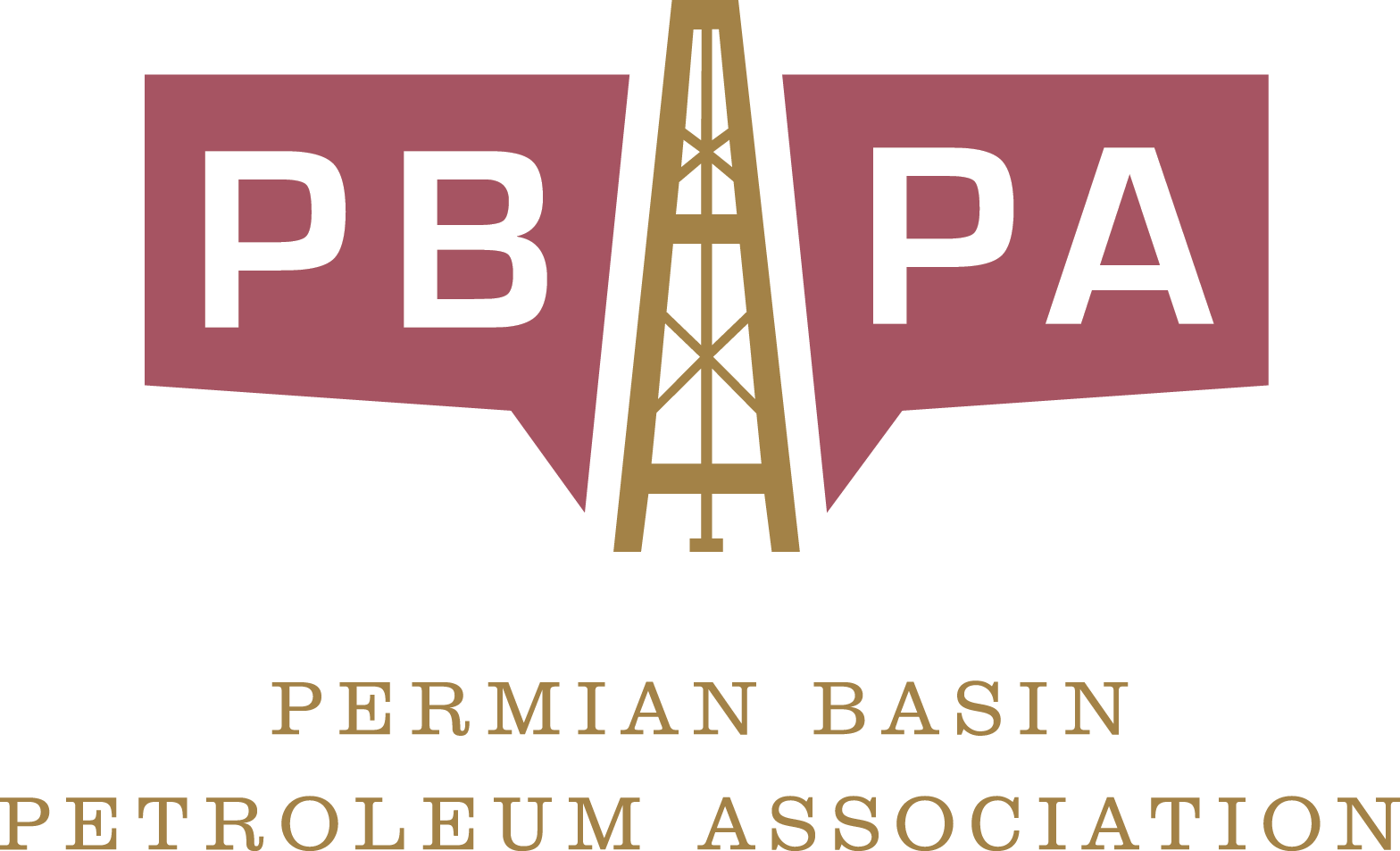
PBPA Comments on the Proposed Rule Project Number 2024-027-113-AI
January 14, 2025
Program Supervisor, MC 205
Texas Register/Rule Development Team - Office of Legal Services Texas Commission on Environmental Quality P.O. Box 13087 Austin, Texas 78711-3087
RE: Proposed Rule Project Number 2024-027-113-AI
Dear Program Supervisor, MC 205,
The Permian Basin Petroleum Association (“PBPA”) appreciates this opportunity to provide unofficial comment on the Texas Commission on Environmental Quality’s (“TCEQ”) request for input on the necessary rulemaking and state plan (together referenced as the “rulemaking”) prompted by the U.S. Environmental Protection Agency’s (“EPA” or the “Agency”) new emission guidelines and updated New Source Performance Standards (“OOOOc”).
PBPA is the largest regional oil and gas association in the United States. We represent the men and women who work in the oil and gas industry in the Permian Basin of West Texas and southeastern New Mexico. The Permian Basin is the largest inland oil and gas reservoir and the largest oil and gas producing region in the United States. PBPA consists of the largest producers as well as the smallest operators and service providers in the Permian Basin. Part of the PBPA’s mission is to promote environmentally conscious operations and sustainable economic profitability among all our members, large and small. PBPA’s members will be directly or indirectly regulated by the proposed rulemaking when finalized. The comments provided herein include some background as to our original concerns with EPA’s OOOOc and some recommendations for TCEQ to take into consideration in its rulemaking.
Conflicts with State Law and Failure to Apply Cooperative Federalism
While we will not restate each of the concerns we expressed to EPA during its rulemaking regarding OOOOc, we did want to inform TCEQ that PBPA requested EPA allow states to adopt existing source performance standards that take a different form of numerical standards than the “presumptive” numerical standards that EPA had proposed, and ultimately adopted, as long as states could demonstrate equivalency. Section 111(d) of the Clean Air Act only requires EPA to “establish a procedure” under which each state can submit existing source performance standard plans, as opposed to requiring EPA to establish “presumptive” numerical standards. It was misguided of EPA to predetermine that states, particularly Texas, could not demonstrate equivalency, whether on a source category or programmatic level, because an overly prescriptive approach would eliminate flexibility needed to make adjustments to accommodate advancements in technology and operational practices. We recommend TCEQ push back on these standards as even EPA previously admitted that OOOOc may have federalism implications because of the burden and cost to the state of developing this rulemaking. Such a rulemaking would be far less burdensome if states were allowed to demonstrate equivalency.
Need for a Cost/Benefit Analysis & Federalism Concerns
PBPA membership is strongly in favor of increases in efficiency and effectiveness in the capture and utilization of all hydrocarbons, including methane, for environmental and economic purposes. However, there are numerous concerns or faults within EPA’s finalized OOOOc which will result in lost production from existing oil and gas assets and, in turn, lost revenue for not just private interests but for the State of Texas, with little to no measurable increase in the efficiency or effectiveness of the capture of hydrocarbons.
To understand the full impact of this rulemaking, a cost/benefit analysis should be conducted. For most if not all operators the compliance cost of the rule will be incredibly significant and will negatively impact the...
